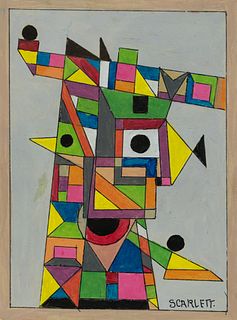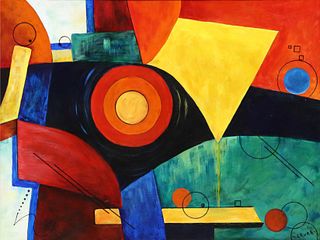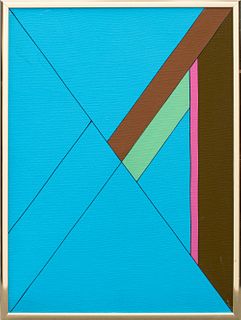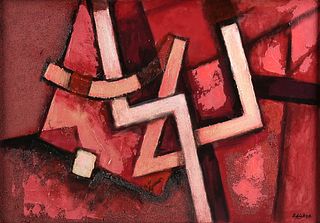994 Results
Sort by
-
 Estimate$200 - $300
Estimate$200 - $300 -
 Estimate$100 - $150
Estimate$100 - $150 -
 Estimate$40 - $60
Estimate$40 - $60 -
 Estimate$800 - $1,200
Estimate$800 - $1,200 -
 Estimate$100 - $200
Estimate$100 - $200 -
 Estimate$500 - $750
Estimate$500 - $750 -
 Estimate$500 - $750
Estimate$500 - $750 -
 Estimate$200 - $300
Estimate$200 - $300 -
 Estimate$500 - $750
Estimate$500 - $750 -
 Estimate$200 - $400
Estimate$200 - $400 -
 Estimate$600 - $700
Estimate$600 - $700 -
 Estimate$200 - $300
Estimate$200 - $300PIERRE FRANCIS DAURA (ROCKBRIDGE CO., VIRGINIA, 1896-1976) EXPRESSIONIST STILL-LIFE PAINTING
Est.$200 - $30012 BidsSold for$600 -
 Estimate$500 - $700
Estimate$500 - $700 -
 Estimate$1,000 - $2,000
Estimate$1,000 - $2,000



 EUR
EUR CAD
CAD AUD
AUD GBP
GBP MXN
MXN HKD
HKD CNY
CNY MYR
MYR SEK
SEK SGD
SGD CHF
CHF THB
THB Live Auction in Progress
Live Auction in Progress

































